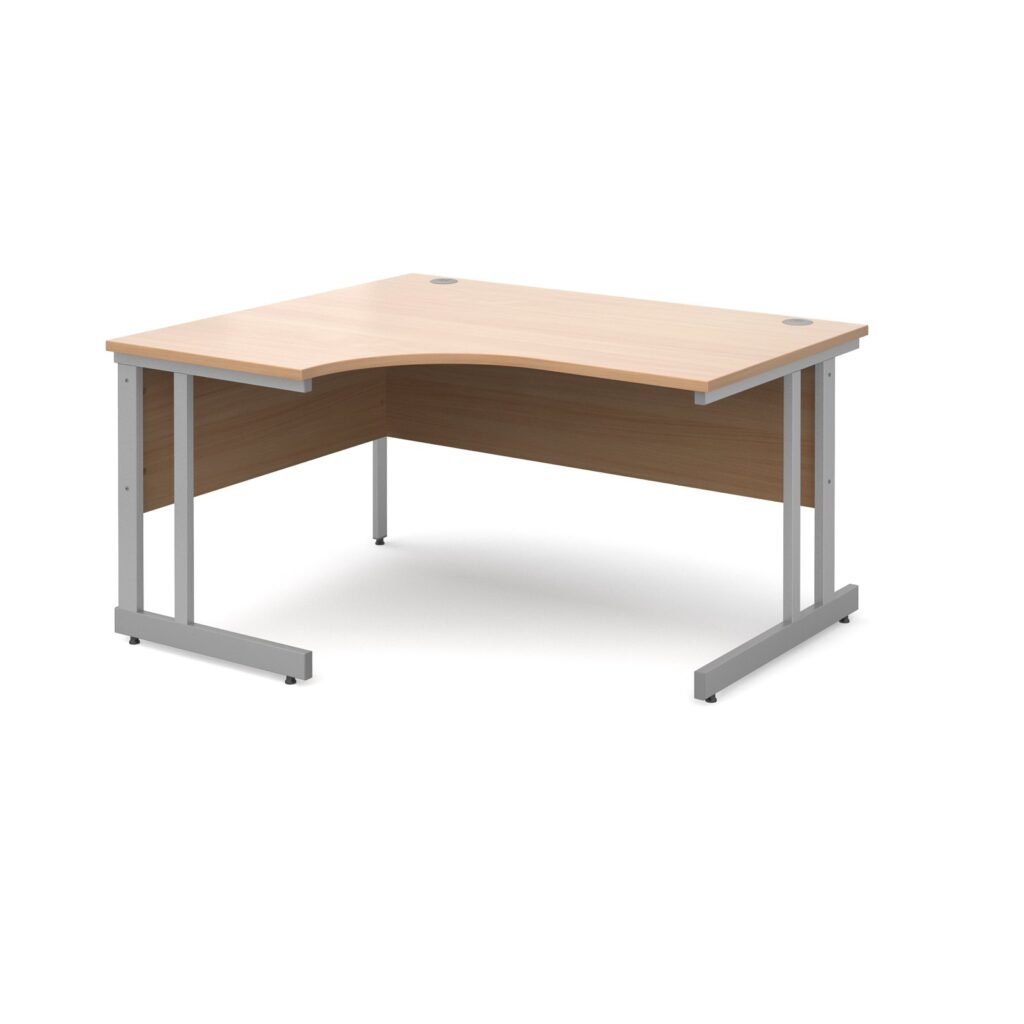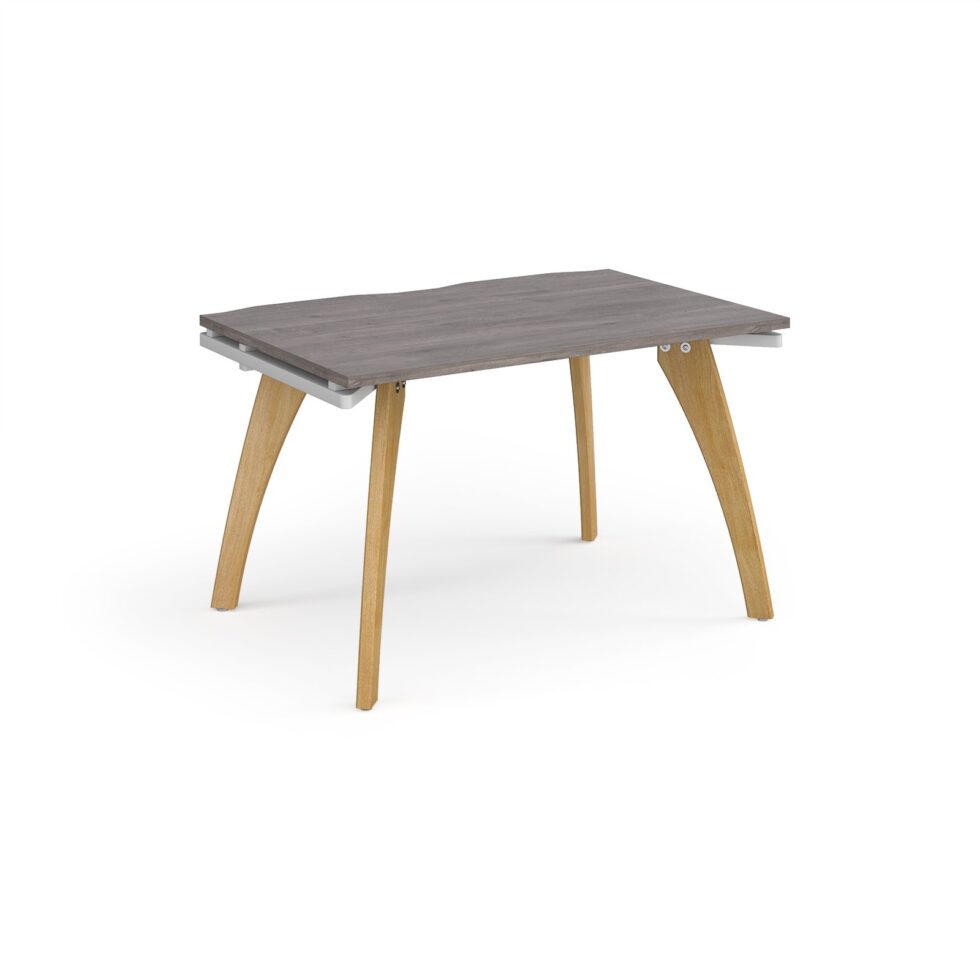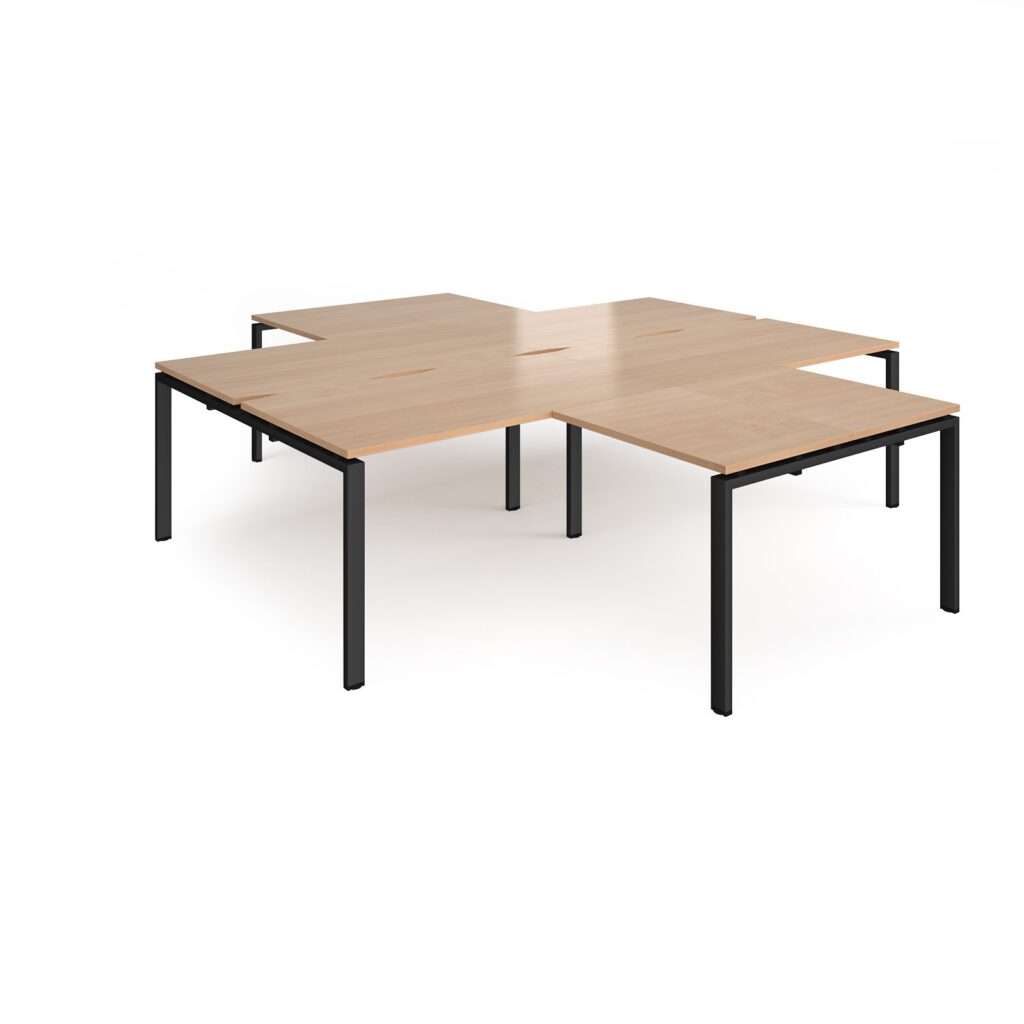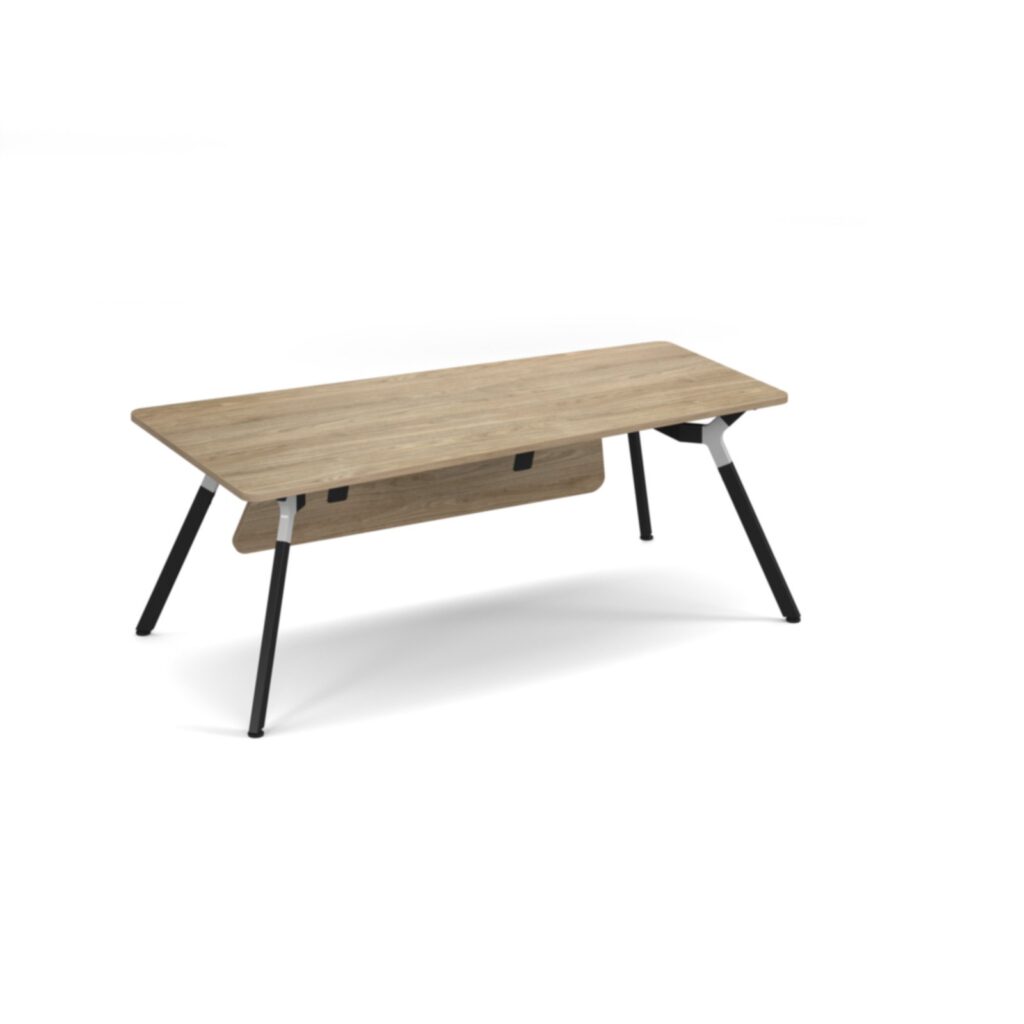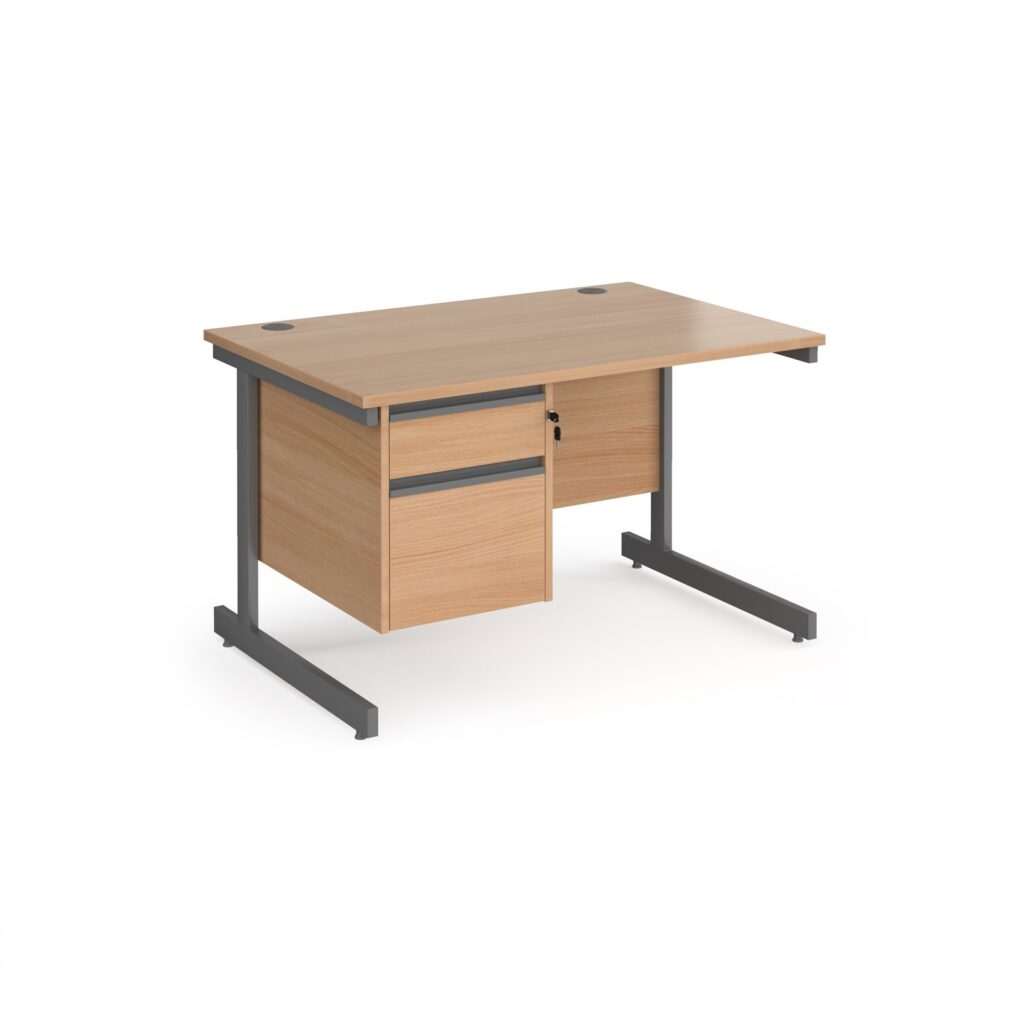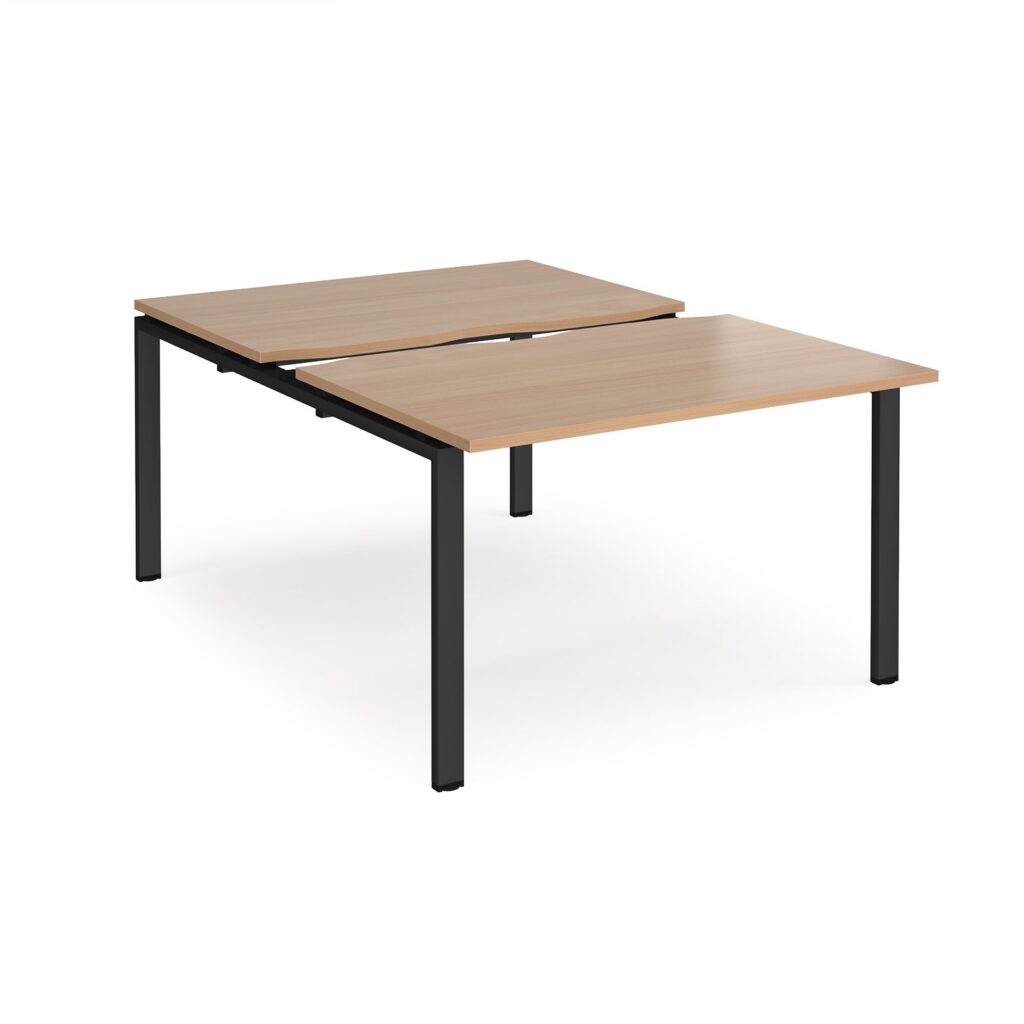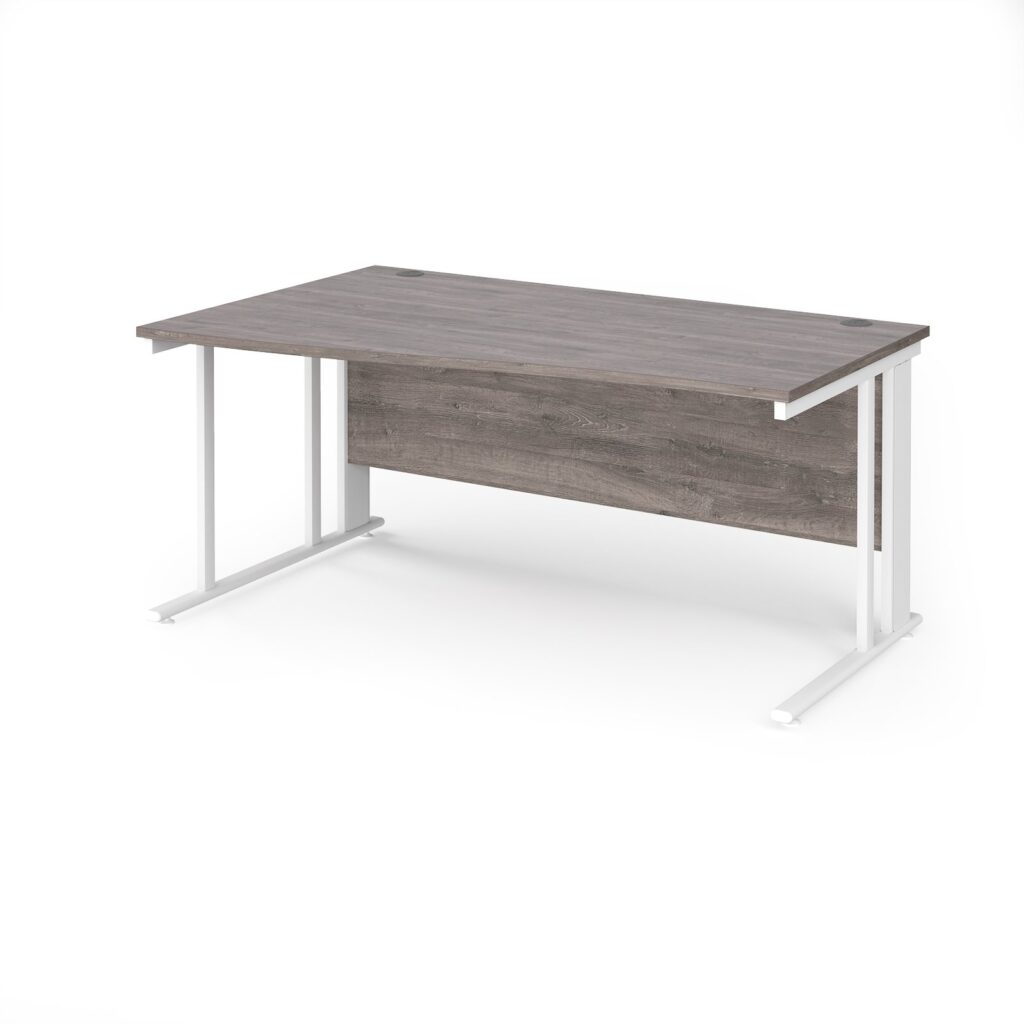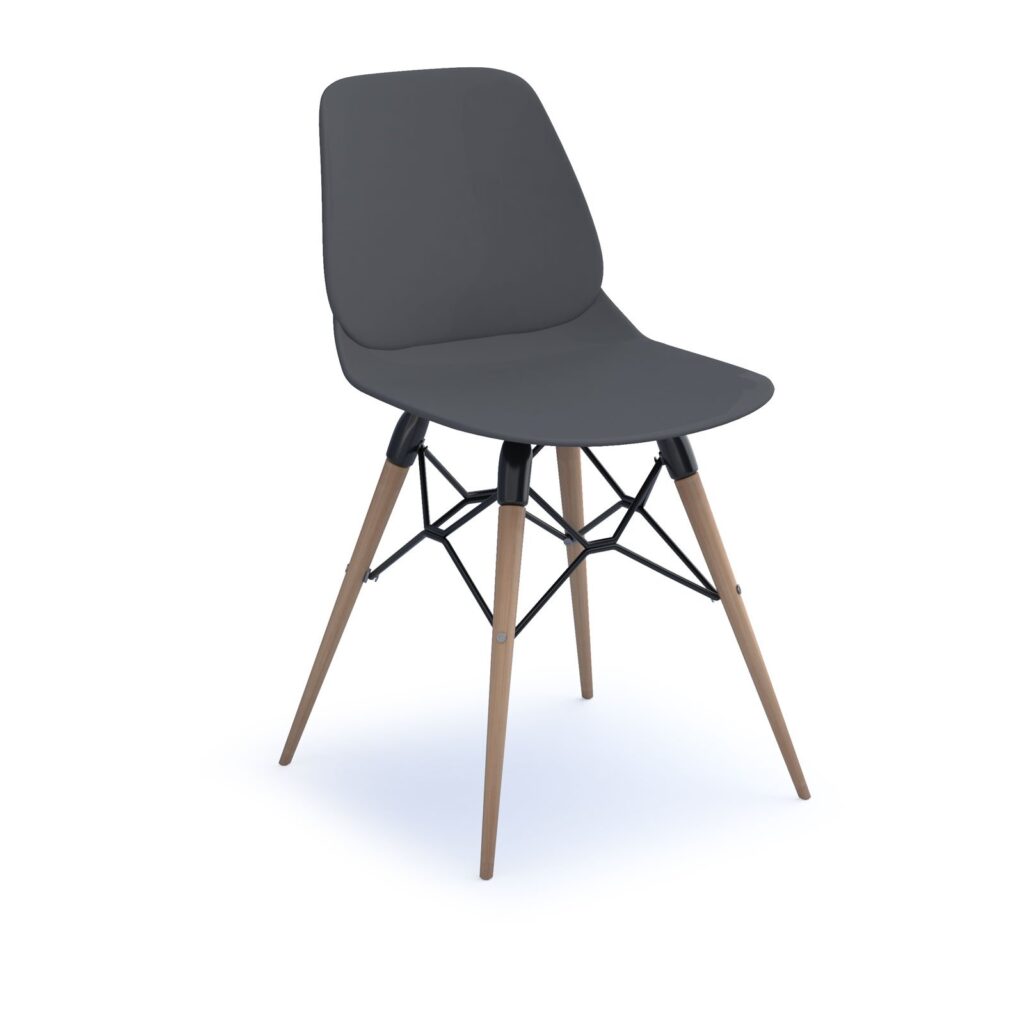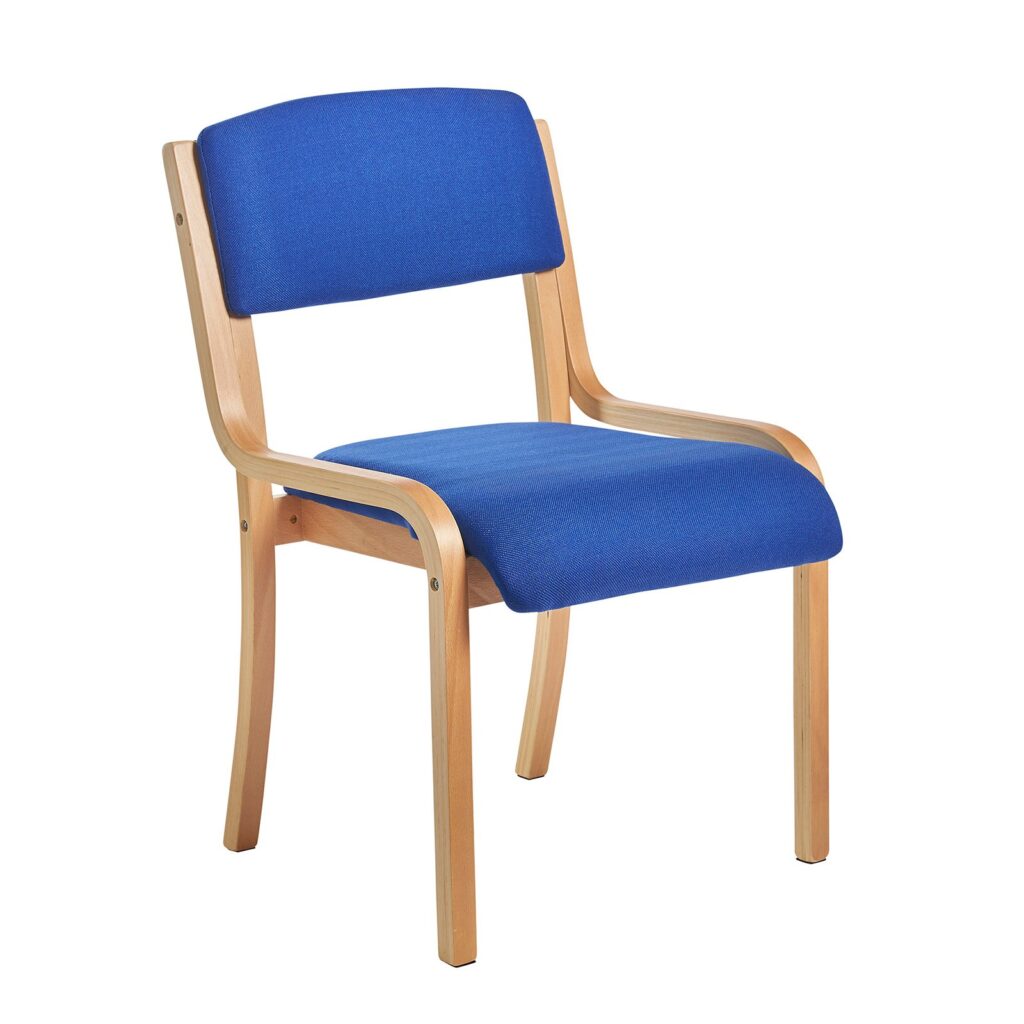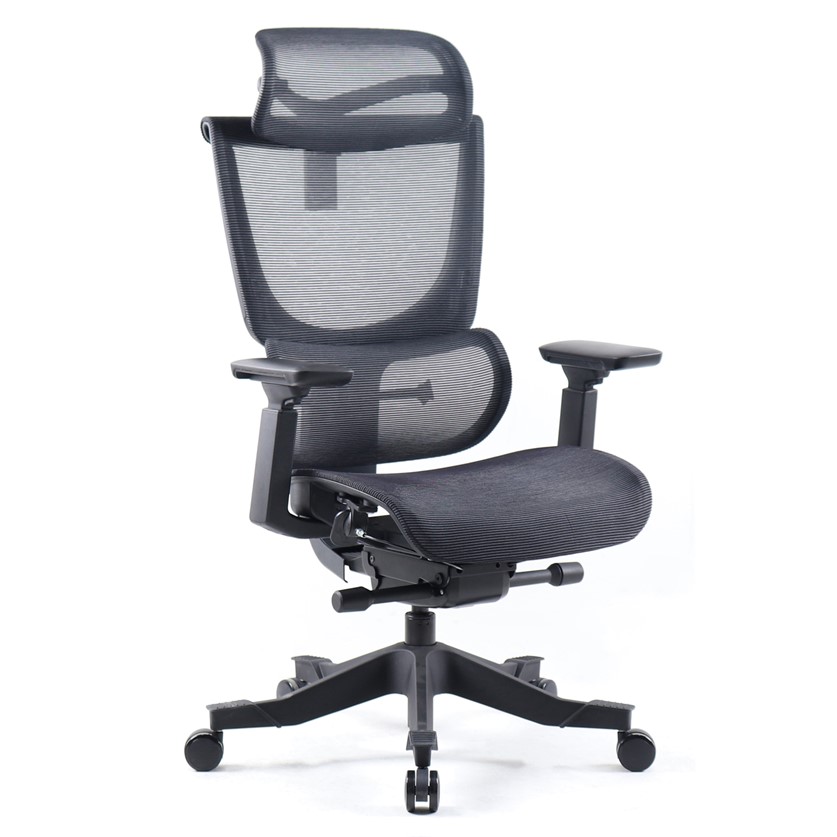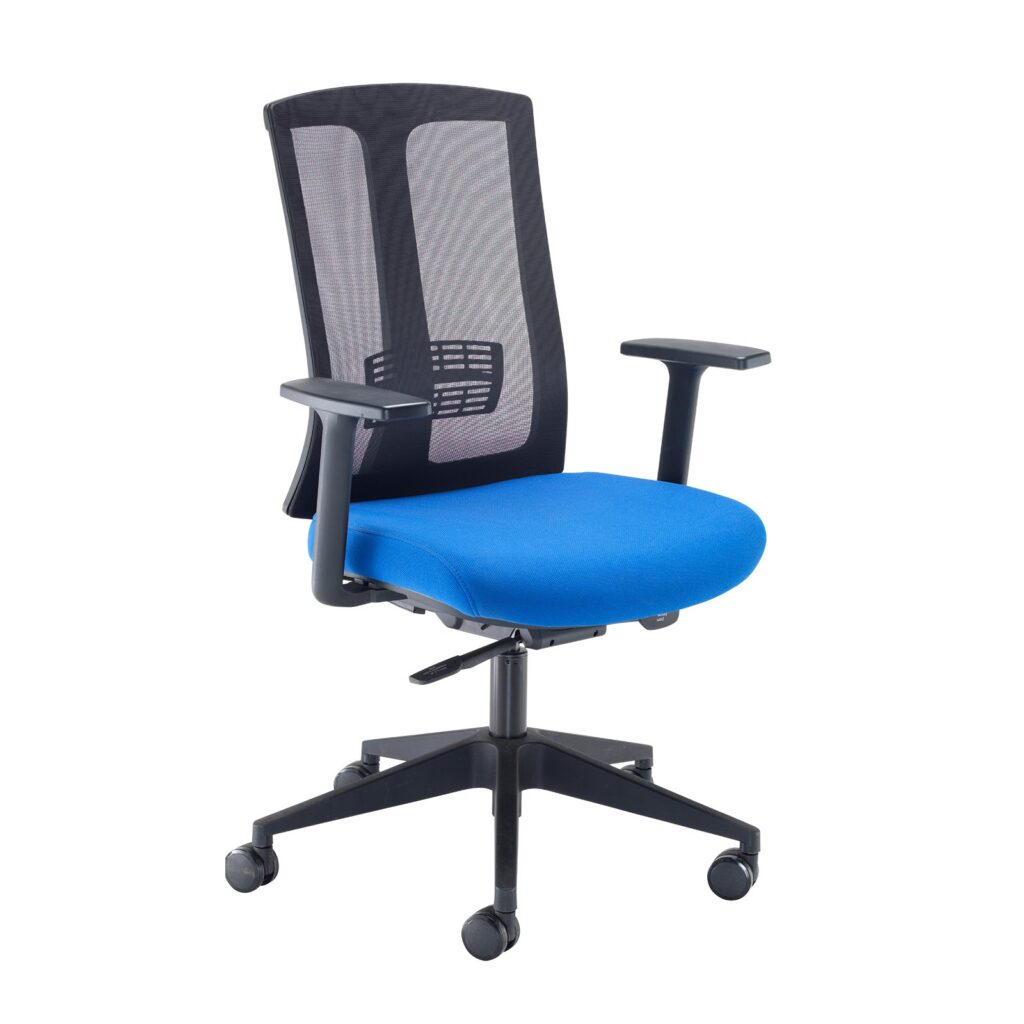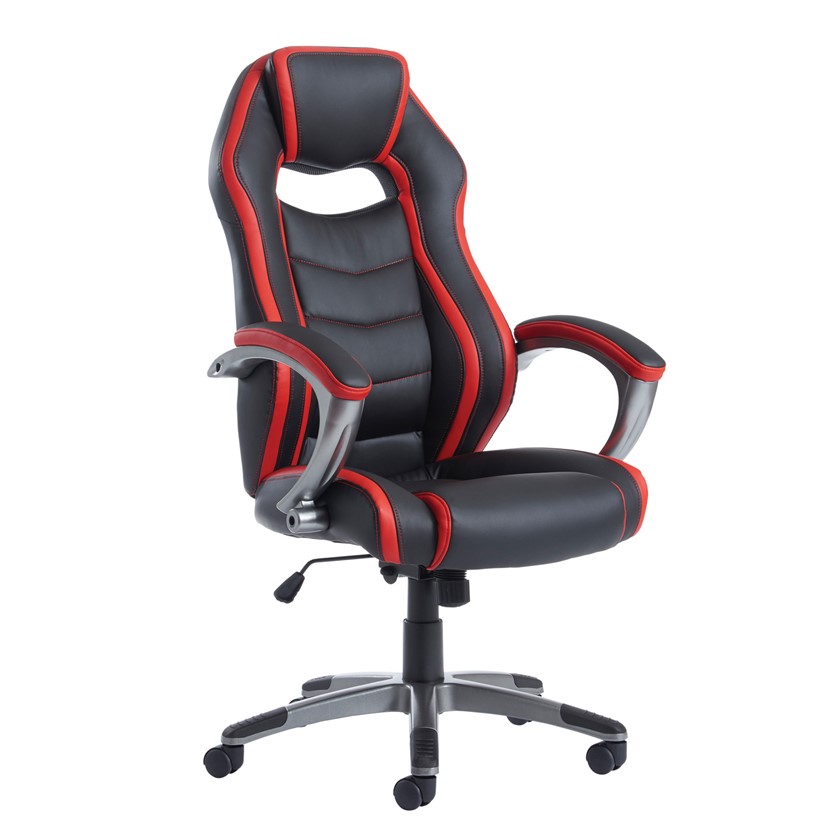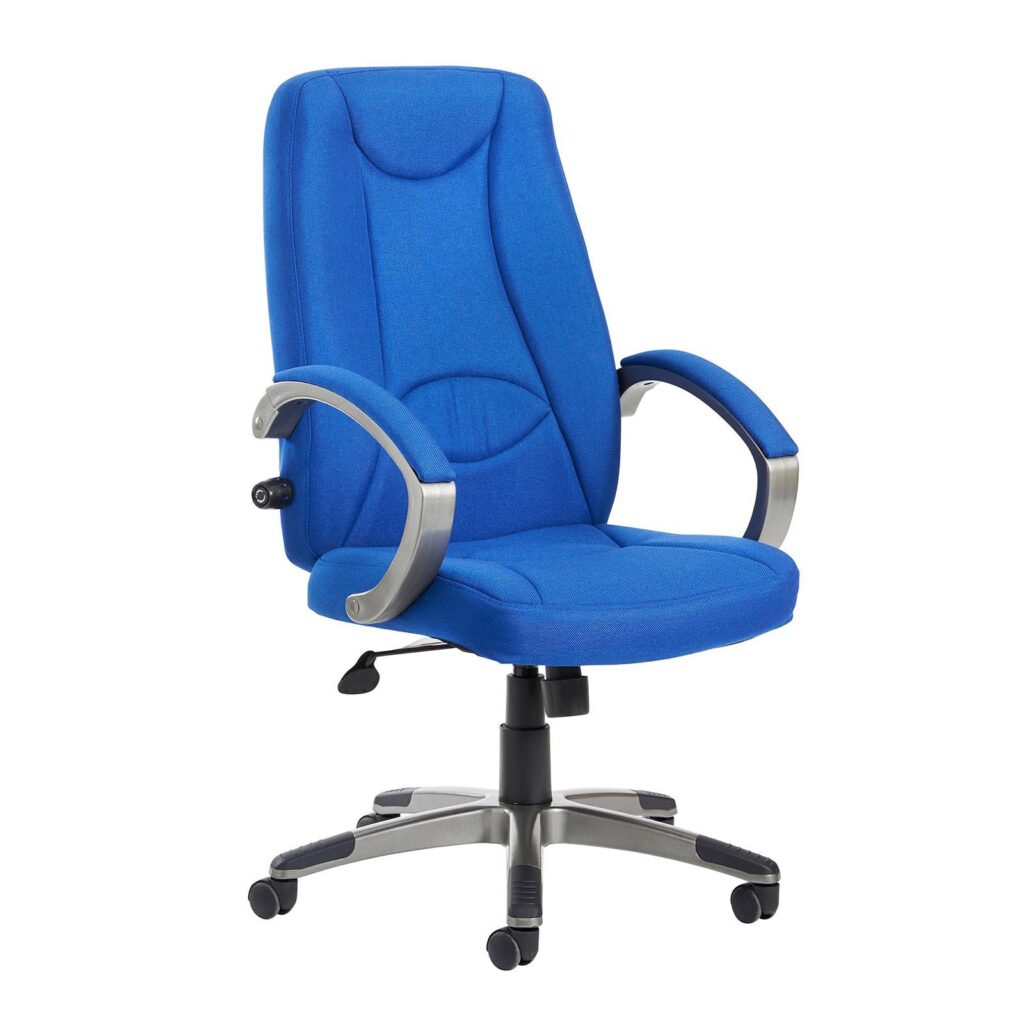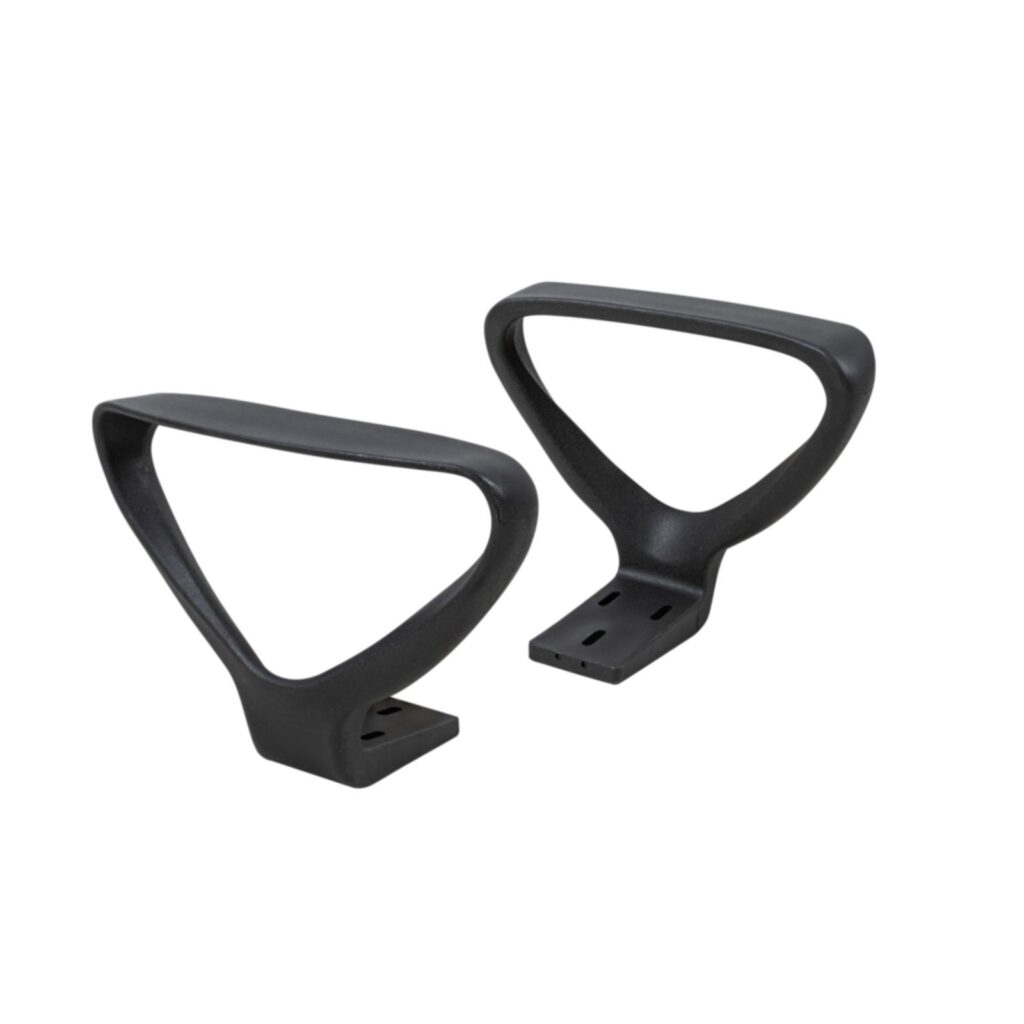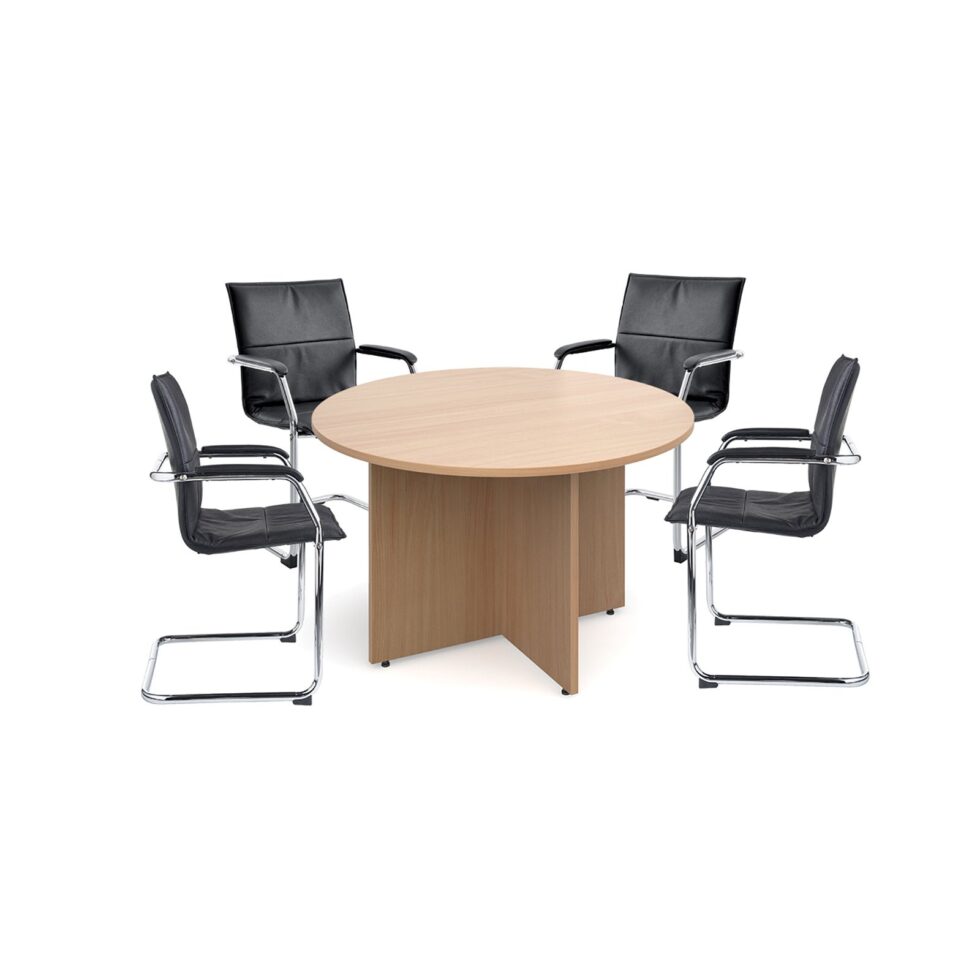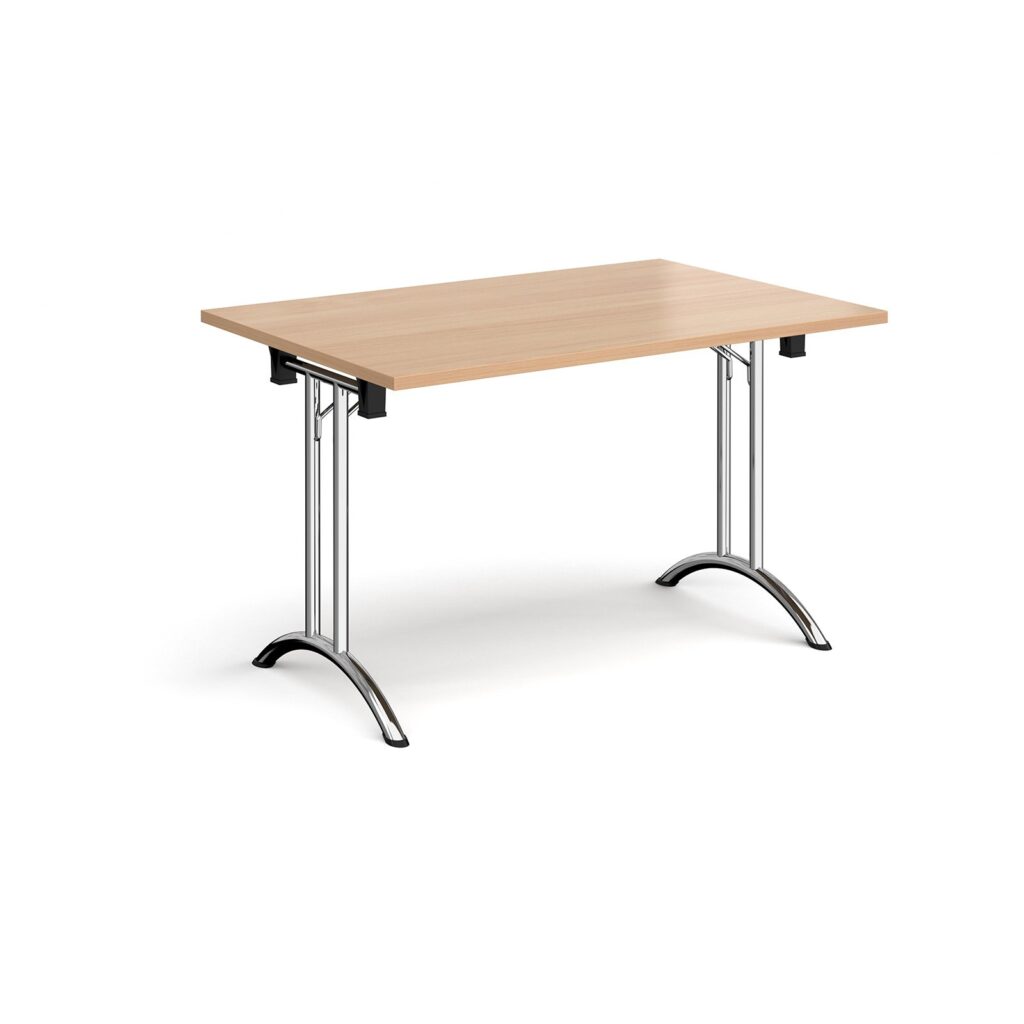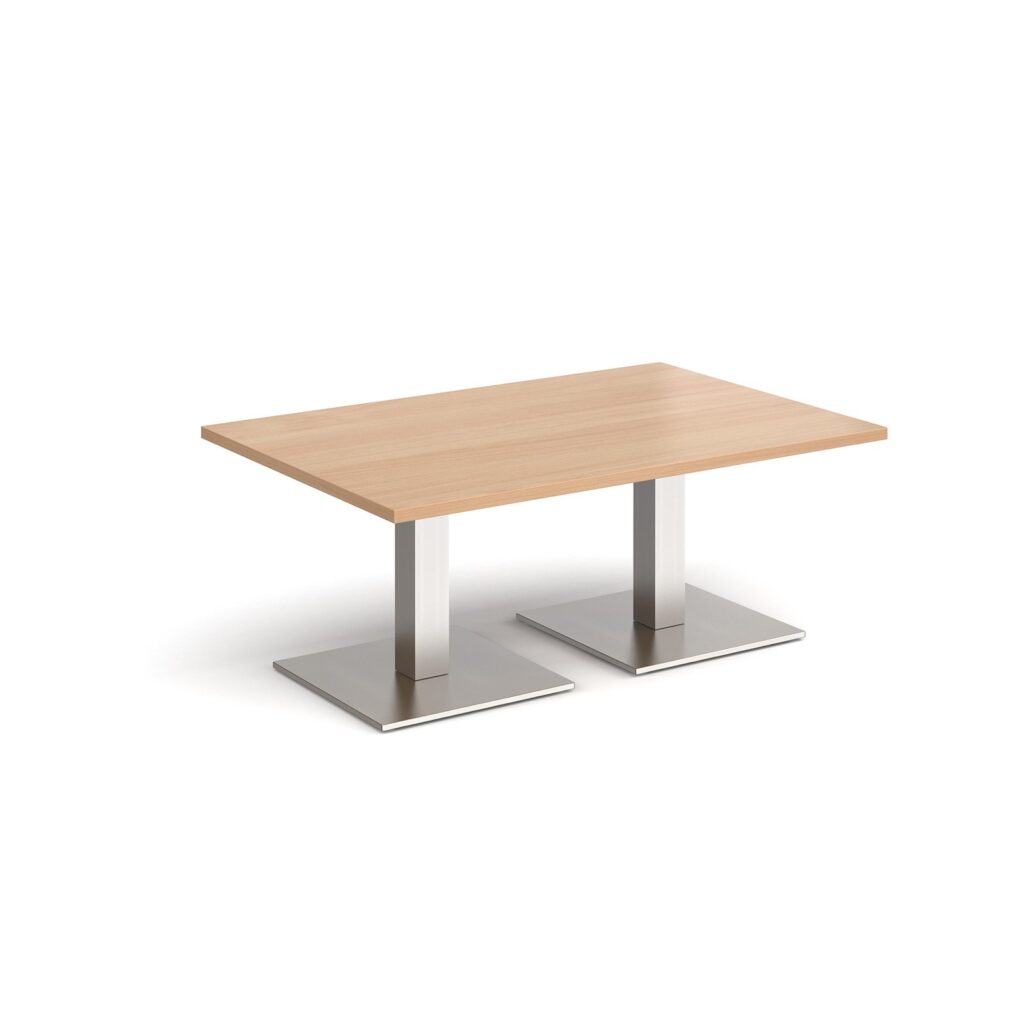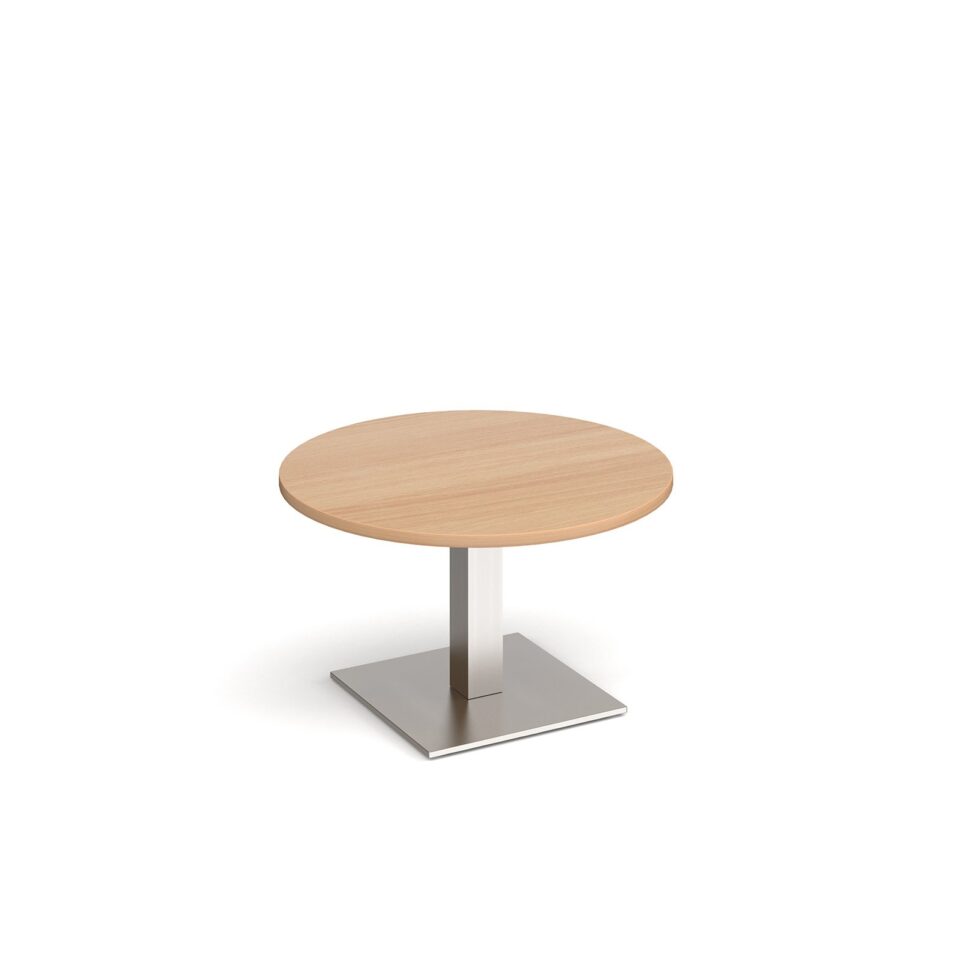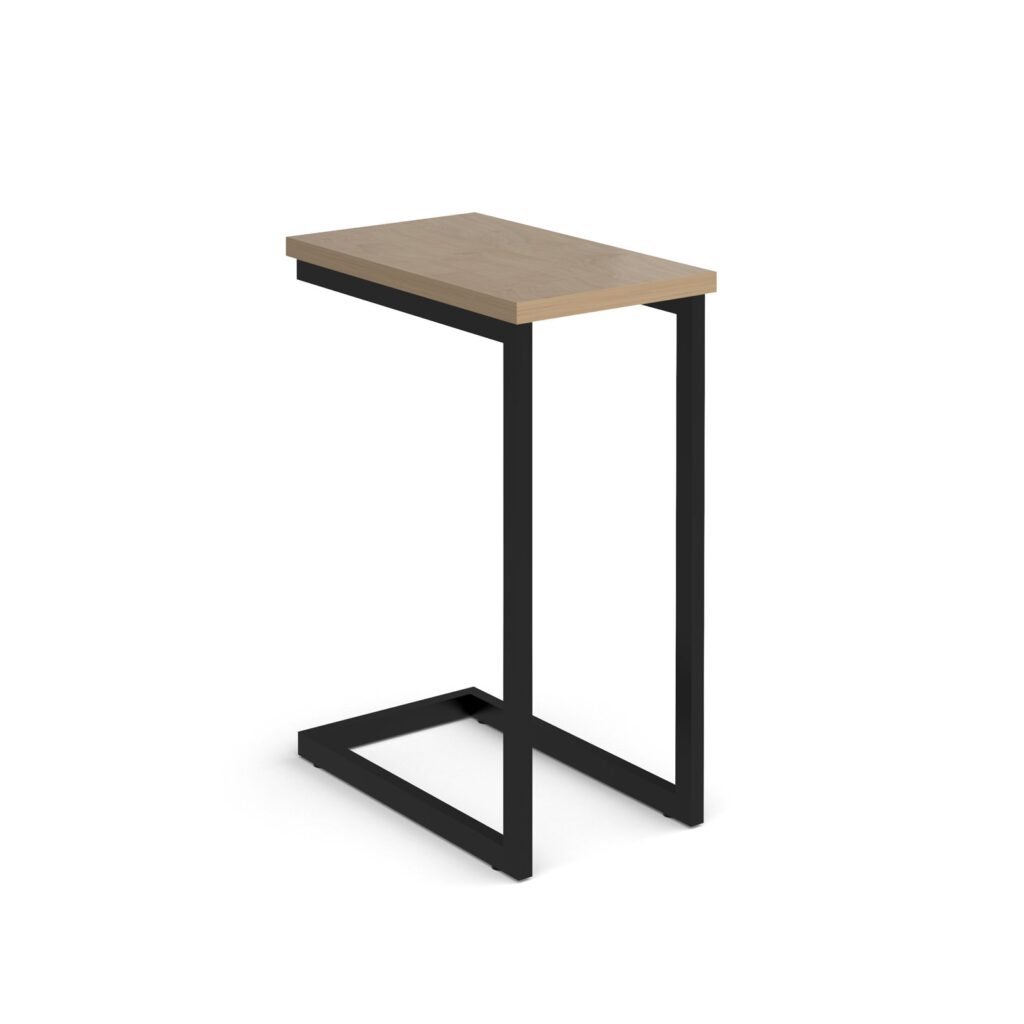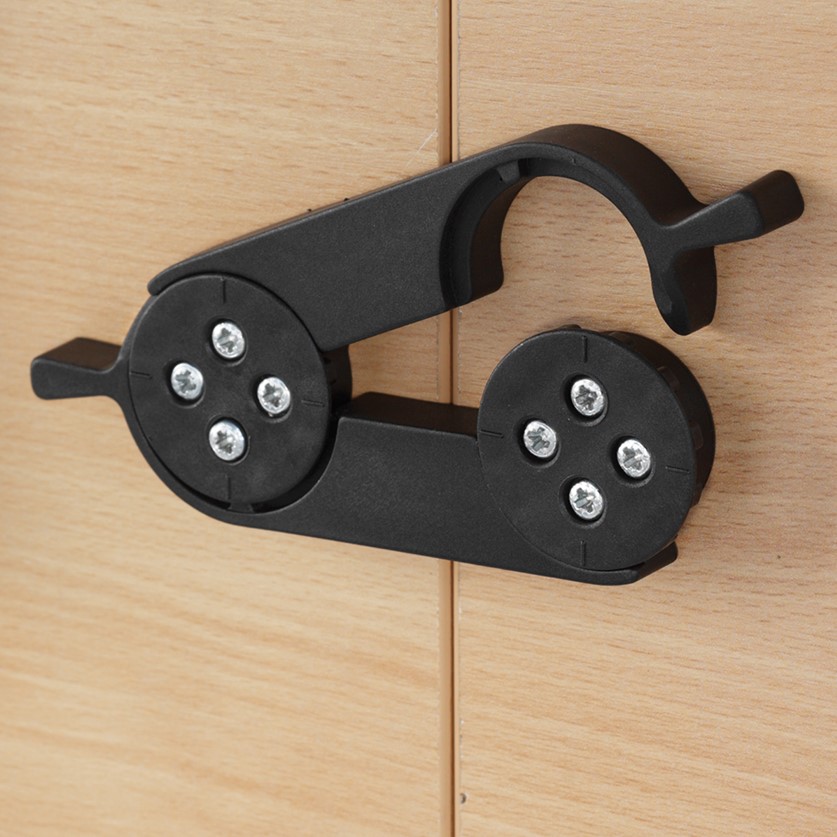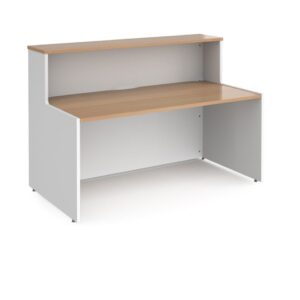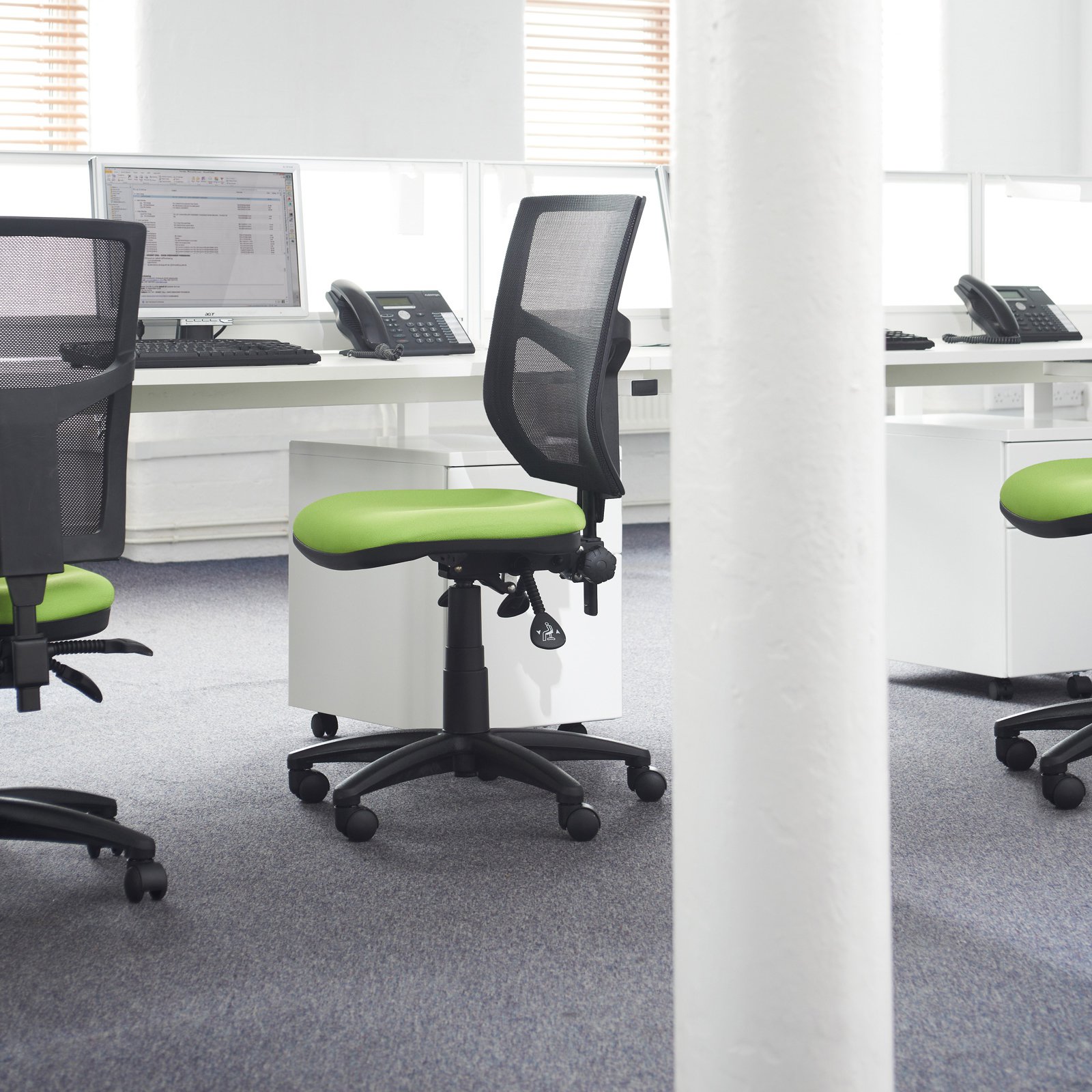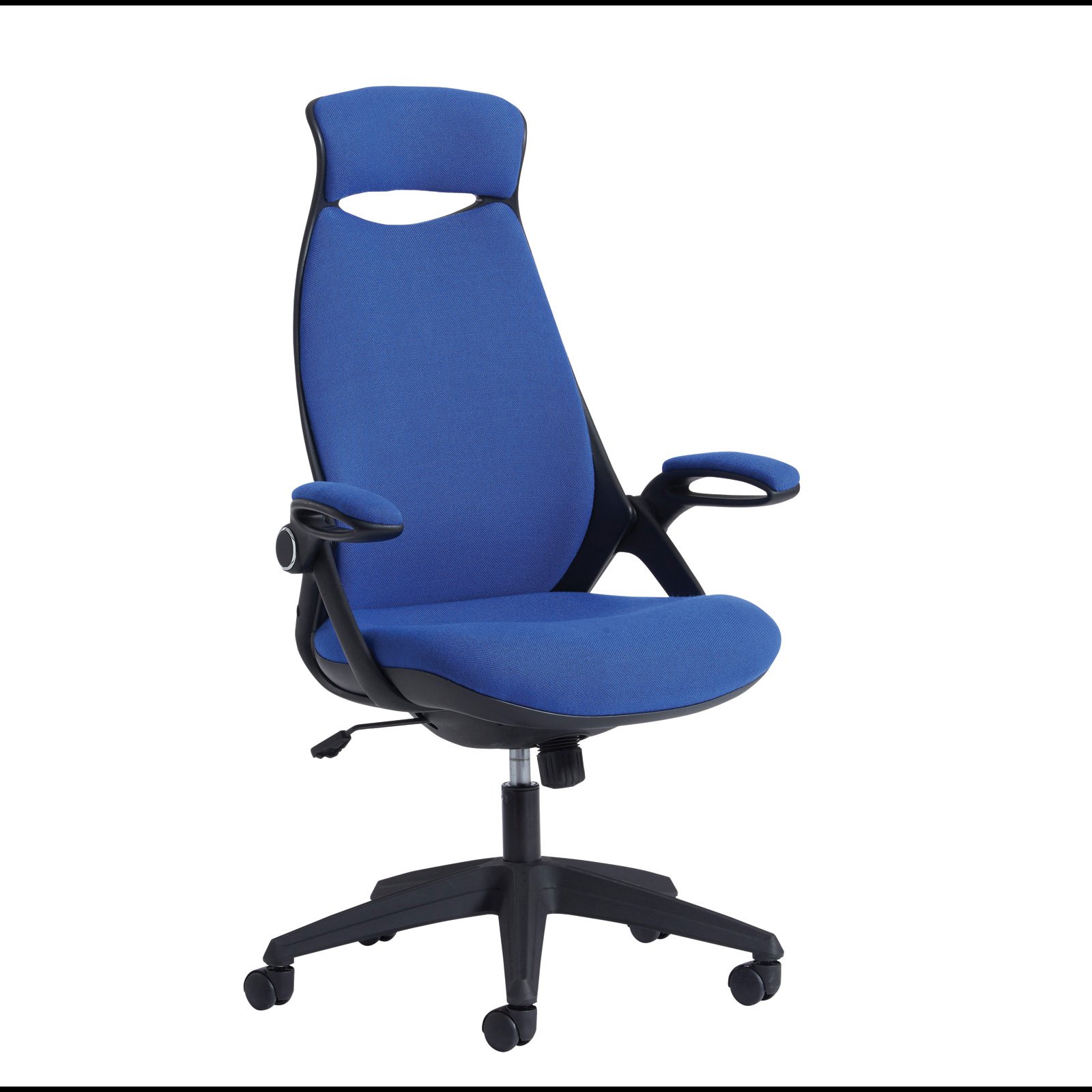
In the fast-paced world of business, creating a workspace that fosters both comfort and productivity is paramount. One of the key ingredients in achieving this delicate balance is investing in ergonomic office furniture. In this post, we’ll delve into the profound impact that ergonomic design can have on employee well-being and overall workplace efficiency.
Understanding Ergonomics
Ergonomic Office Furniture Defined: Ergonomics is the science of designing workspaces and tools to accommodate the capabilities and limitations of the human body. Ergonomic office furniture, therefore, is crafted with the well-being of the user in mind, ensuring that the workspace promotes comfort, reduces the risk of injury, and enhances overall performance.
The Employee Well-Being Advantage
Comfort as a Productivity Catalyst: The connection between employee comfort and productivity is undeniable. When individuals are comfortable in their work environment, they are more likely to stay focused and engaged, leading to heightened overall job performance. Ergonomic office furniture plays a pivotal role in creating this comfort-centric atmosphere.
Benefits of Adjustable Chairs: One of the keystones of ergonomic design is the use of adjustable chairs. These chairs provide employees with the flexibility to customize their seating position, supporting proper posture and reducing the strain on the spine. The result is a workforce that experiences less fatigue and discomfort during extended periods of desk work.
Empowering Movement with Sit-Stand Desks: Introducing sit-stand desks into the office landscape is a transformative step towards a healthier work routine. These desks allow employees to alternate between sitting and standing throughout the day, preventing the negative health effects associated with prolonged periods of sitting. Increased movement not only enhances physical well-being but also stimulates mental alertness, contributing to improved overall productivity.
Creating a Healthier Work Environment
Tips for a Well-Equipped Workspace:
- Invest in Adjustable Seating: Provide employees with ergonomic chairs that can be tailored to their individual needs. Consider features such as lumbar support, seat height adjustment, and recline functionality.
- Integrate Sit-Stand Desks: Encourage a dynamic work environment by incorporating sit-stand desks. This allows employees to easily switch between sitting and standing positions, promoting better blood circulation and reducing the risk of musculoskeletal issues.
- Educate Employees on Ergonomics: Host workshops or provide resources on the importance of ergonomic practices. Teach employees how to properly adjust their chairs and desks to maximize the benefits of ergonomic design.
- Consider Ergonomic Accessories: Explore additional ergonomic accessories, such as monitor stands, keyboard trays, and footrests, to enhance the overall ergonomics of the workspace.
Real-World Examples
Success Stories: Companies that prioritize ergonomic design often witness tangible improvements in employee well-being and productivity. For instance, XYZ Corporation reported a 15% increase in employee productivity after implementing ergonomic office furniture across their offices. Employee satisfaction surveys also indicated a notable decrease in discomfort and fatigue.
Conclusion
Investing in ergonomic office furniture is not just a gesture towards employee well-being; it’s a strategic move to boost workplace productivity. By prioritising comfort and health, businesses can create an environment where employees thrive, leading to increased job satisfaction, enhanced focus, and ultimately, higher levels of efficiency. As the saying goes, a happy and healthy workforce is a productive workforce, and ergonomic office furniture is the key to unlocking that potential.

